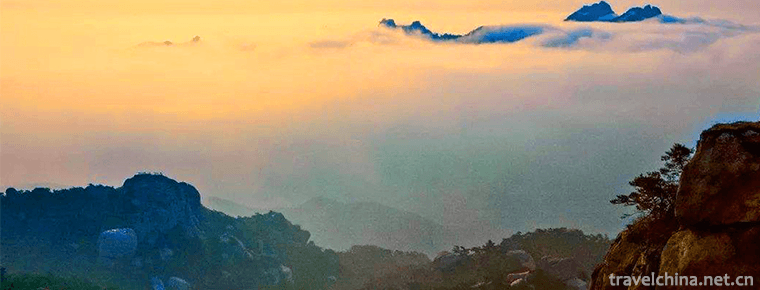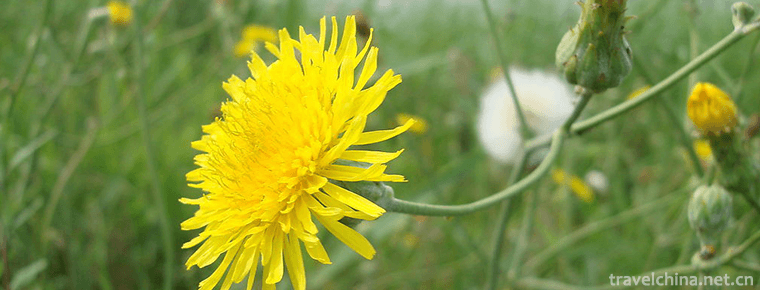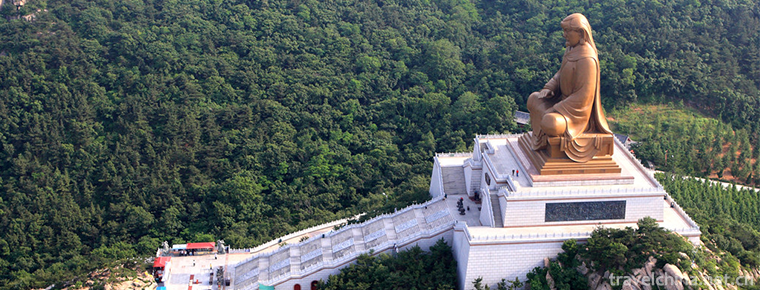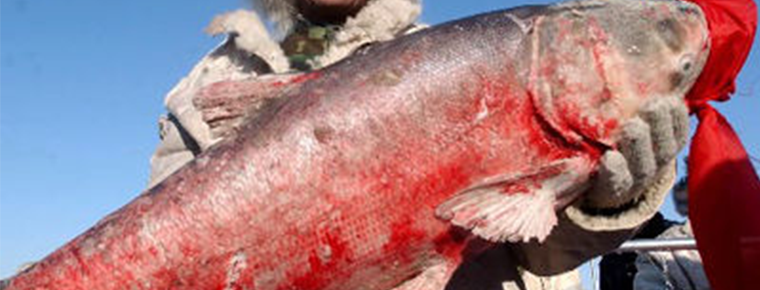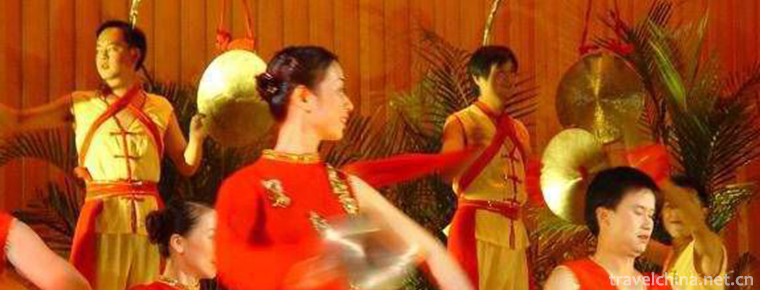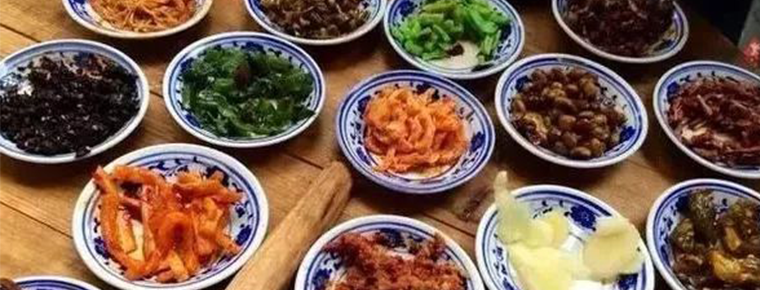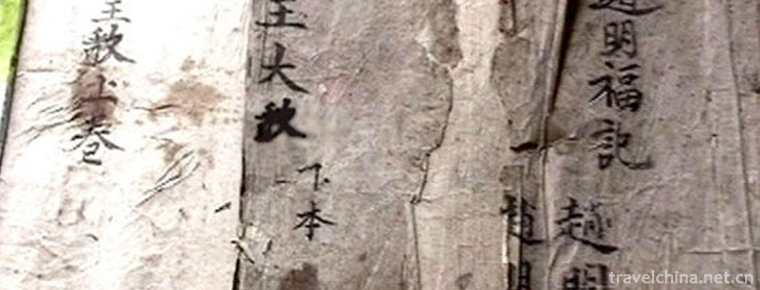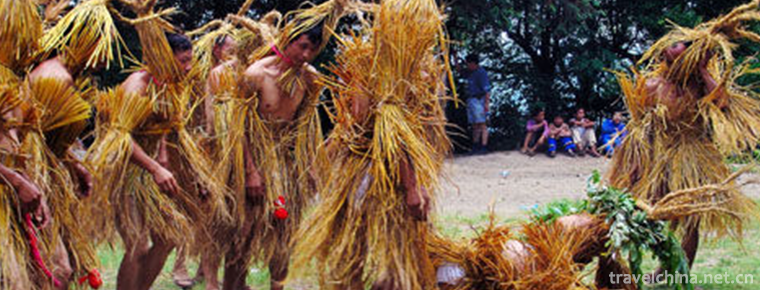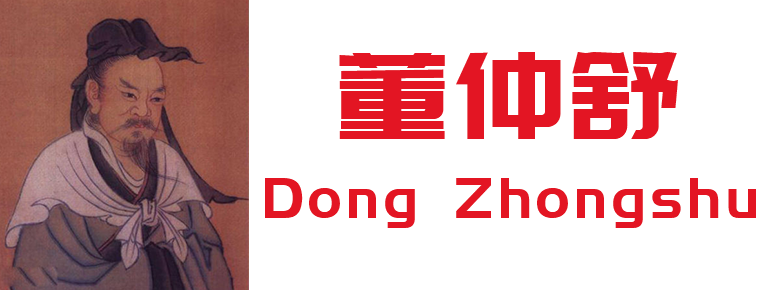Changshan Cheerful Ballads
Changshan Cheerful Ballads
In Changshan, the custom of applauding when marrying and bridging a new house has been popular among the people since ancient times for the sake of luck. The content of applause for marriage and Shangliang is different, each has its own characteristics, forming a folk song with regional characteristics.
On November 11, 2014, Changshan acclaimed ballads were approved by the State Council to be included in the fourth batch of national intangible cultural heritage lists.
Historical evolution
Changshan's applause ballads have a history of more than 400 years and have also spread to Jiangxi and other places. At present, it has more than 1000 color words. Successfully selected the fourth batch of national intangible cultural heritage representative projects in 2014. The selected "Changshan Applause Ballads" belongs to the "Folk Literature" project, numbered I-155.
Characteristics of Ballads
Changshan belongs to the immigrant area, although there are some differences between the townships and townships, they all have common points: first, the applauders are the local high-esteemed people; second, the last word of the sentence before and after the applause ballad is basically rhymed; third, the number of words before and after the sentence is the same, the rhythm is strong; fourth, the applauders and the people who watch lively echo each other, often leading the crowd and the atmosphere is warm.
Changshan applause ballads express the local people's desire for a happy and beautiful life, and have a certain mass base. Applause and songs are all in Lishi dialect, such as when the wedding greets the bride before entering the hall, singing: sunrise East sunrise, happy family; relatives and friends to congratulate, one by one invited to Baxiantai.
Ballad biography
As a kind of folk literature, Changshan applause ballads are inherited from the people's mouths and ears, and do not need any tools. But there are still many rumors about applause:
Zeng Xiangtai collected and collated a pamphlet of applause, named "Applause - Fuxi, OK!" 》 Changshan County Applause Ballads compiled by Changshan County Non-Heritage Protection Center; Changshan Folk Customs Collection - Applause Ballads compiled by Changshan County Committee of CPPCC; Non-Heritage Collection and Folk Customs Grand View compiled by Changshan Historical and Cultural Series Compilation Committee; Zeng Xiangtai's second son, Zeng Ling Jun's folk applause custom.
Inheritance and development
At present, the main inheritor of Changshan applause songs is Zeng Lingbing, 49 years old. Zeng Lingbing was born in an ordinary carpenter's house in Zhaoxian Town, but this ordinary family is the inheritance family of Changshan applause songs. In the pedigree of inheritors, Changshan applause ballads have gone through a century of wind and frost, one continuous line, never interrupted. The first generation of descendants has no trace because of their age. The second generation of descendants is his father Zeng Xiangtai's grandmother and grandfather (born in 1898 in Jiaqing) and Zeng Lingbing. There are six generations of inheritance of Changshan's applause ballads.


-
Wulian Mountain Scenic Area
Wulian Mountain Scenic Area covers a total area of 68 square kilometers and is a national AAAA-level tourist area. It is composed of Wulian Mountain and Jiuxian Mountain.
Views: 153 Time 2018-12-22 -
Lao Leshan Tourist Scenic Spot
Lao Leshan is located in the south of Henan Province, 9 kilometers southwest of Zhumadian City and 8 kilometers west of Queshan County. National Highway 107.
Views: 136 Time 2019-01-29 -
Qianchuan Scenic Spot
Qianchuan Scenic Spot, a national-level scenic spot announced by the State Council in 2004, is situated on the Bank of the Yellow River 20 kilometers east of Heyang County.
Views: 108 Time 2019-02-07 -
Chishan Scenic Area Shidao
Chishan Scenic Area of Shidao, located in the Shidao Management Area of Rongcheng City, the easternmost end of Shandong Peninsula, is a national 4A-level tourist attraction.
Views: 158 Time 2019-02-08 -
Winter capture of Chagan Lake
Winter fishing in Chagan Lake, namely ice and snow fishing (or hunting) in Chagan Lake in winter, is a traditional fishery production mode (custom) in Qianguoerros Mongolian Autonomous County.
Views: 167 Time 2019-04-15 -
Hill hinge
Originated in Xixing and Longgang of Pingchang County, northeastern Sichuan Province, it is a traditional folk dance that spreads in Dazhou, Bazhong and some counties (cities and districts) under the .
Views: 316 Time 2019-04-29 -
Making Techniques of Pickled Vegetables
Making pickles, the traditional skills of Beijing Liubiju Food Co., Ltd., is one of the national intangible cultural heritage..
Views: 108 Time 2019-05-06 -
Nuwa Festival
Nuwa Festival is an ancient traditional folk custom and folk religious and cultural activity. Legend has it that the eighteenth day of the third month of the lunar calendar is Nuwa's birthday. Therefo.
Views: 243 Time 2019-06-08 -
Panwang Song
Panwang Song is a collection of Yao folk poetry. Mainly spread in the residential areas of the Yao nationality in Nanling Mountains, Jianghua is a folk literature with distinct national characteristic.
Views: 128 Time 2019-06-08 -
Maogus Dance of Tujia Nationality in Western Hunan
Maogus Dance of Tujia Nationality in Western Hunan Province, the traditional dance of Tujia and Miao Autonomous Prefecture in Western Hunan Province, is one of the national intangible cultural heritag.
Views: 175 Time 2019-07-06 -
Dong Zhongshu
Dong Zhongshu (179 BC - 104 years ago), Guang Chuan (Hebei Jingxian County southwest, Jingxian County, Gucheng, Zaoqiang three counties junction) people, the Western Han Dynasty. philosopher emperor j.
Views: 113 Time 2019-09-07 -
Tianshi cave
Tianshi cave, also known as Chang Taoist temple, is the most important Taoist temple in Qingcheng Mountain. In 1983, it was designated as the national key Taoist temple by the State Council. In addition, there are four palaces in Qingcheng Mountain: Jianfu palace, Yuanming palace, Yuqing palace and Shangqing palace..
Views: 322 Time 2020-11-08
